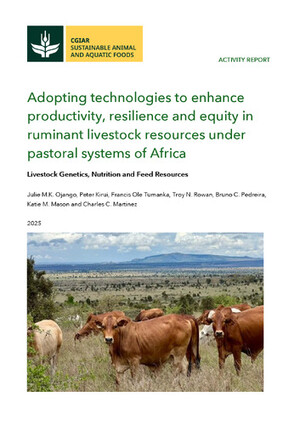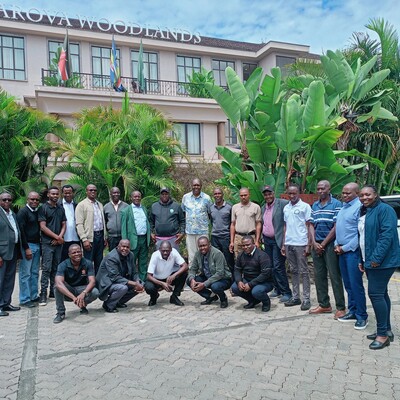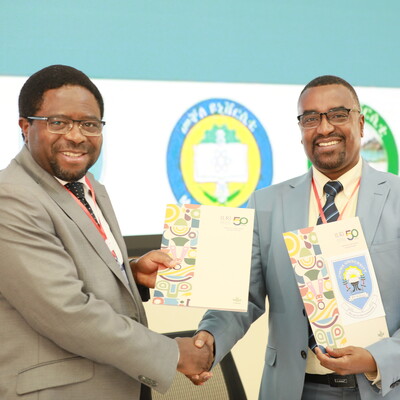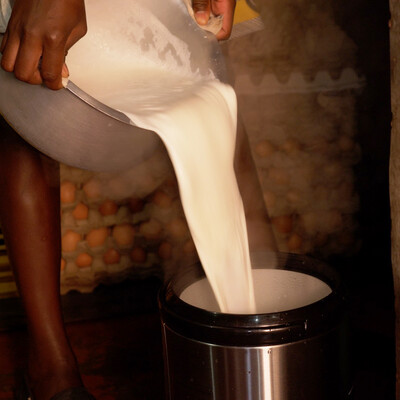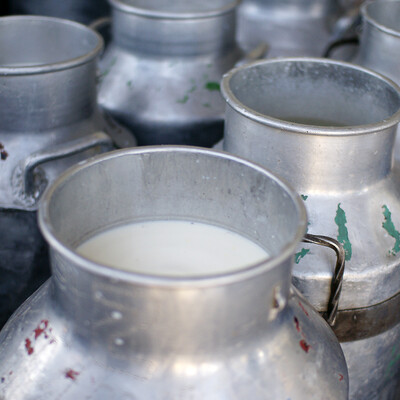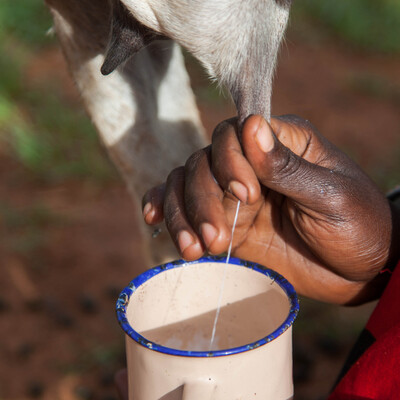

Collaborative learning empowers dairy farmers to improve herd health and welfare management in Ada'a District, Ethiopia
Urban and peri-urban smallholder dairy farming plays a crucial role in Ethiopia’s milk production. But challenges in breed improvement, nutrition, and herd health management limit the productivity of the dairy sector. Since 2022, the CGIAR Initiative on Sustainable Animal Productivity (SAPLING) has been working with dairy farmers and private and public animal health service providers in two regions of Ethiopia to deliver an innovative herd health and welfare management package that includes training, mentoring and advisory support, and preventive and treatment services for priority animal diseases.
On 9-10 July 2024, a SAPLING training engaged 15 dairy farmers including seven women, one private health service provider, and two public animal health experts from Ada’a District in an experiential and collaborative learning process on herd health and welfare management. This training, which was held at the Erer Farmers’ Cooperative Union in Bishoftu, used a problem-solving and advisory approach, empowering farmers to apply new knowledge to address dairy herd health and welfare management challenges.
Facilitators from the SAPLING team at the International Livestock Research Institute (ILRI) began by exploring dairy farmers’ knowledge, practices and problems. They then facilitated interactive discussions on specific dairy herd health and welfare management topics such as infectious and non-infectious diseases, and reproductive problems in dairy herds. They then offered advice for farmers on identified problems. The involvement of private and public animal health service providers was instrumental in contextualizing the learning process and providing practical advice for dairy farmers. Key action messages, detailing what farmers must do, why, and how were then communicated. Finally, farmers identified specific actions to improve dairy herd health and welfare in areas such as mastitis treatment, improving breeding and enhancing calf welfare. This learning approach enabled them to examine their current situation, reflect on their learning, relate it to their experiences and consider its practical applications. The action plans also served as a foundation for continuous mentoring and problem-solving support that will be provided by private and public animal health service providers.
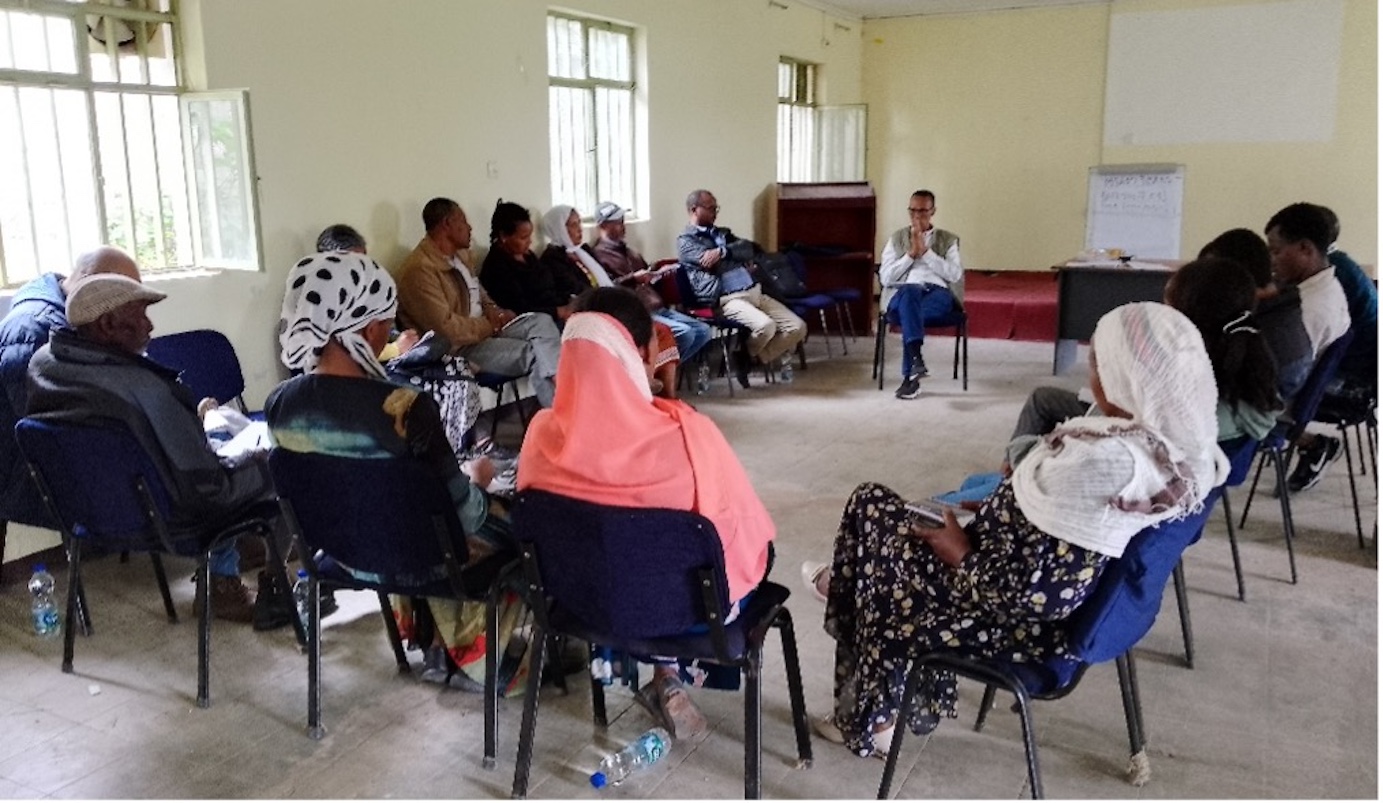
Dairy farmers said they gained new knowledge about dry cow therapy (treating the udder with long-acting antibiotics during the cow’s dry period) as a means of mastitis control. They also became more aware of the importance of good bedding in dairy barns.
The training also led some farmers to demand animal health services. For example, a female participant asked where she could get cow mats, and a male participant inquired about obtaining dry cow therapy and a California mastitis test (CMT).
Some of the trainee dairy farmers said that subclinical mastitis was a new concept to them. They gained a good understanding of the condition including how it affects milk yield and quality. Before the training, one female participant said she was unaware of subclinical mastitis and collected milk from other farmers to process at home, but the milk would sometimes not turn into yogurt or yield butter. Initially, she suspected the farmers who sold milk to her gave drugs to their cows, but they always denied such practices. After learning about subclinical mastitis, she realized the condition could be the underlying issue affecting the quality of the milk.
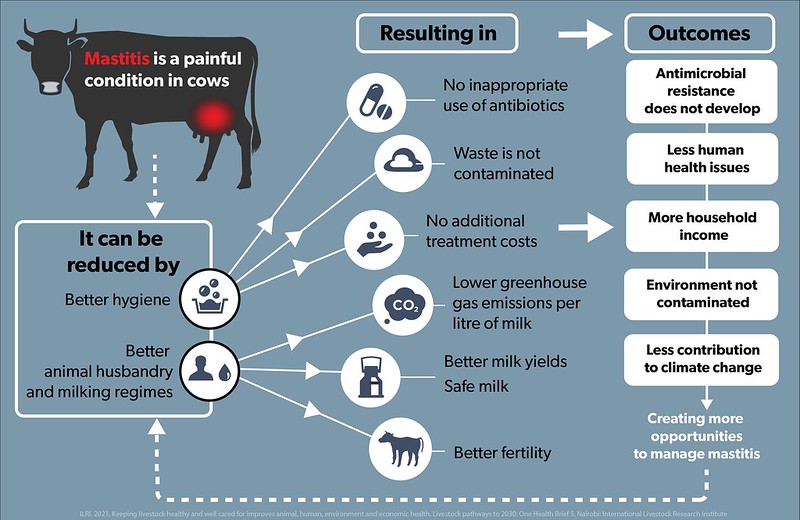
After a discussion about the management of retained placenta, a female training participant said: ‘I worried if the placenta was not removed 12 hours after calving, but now I know it can take at least 24 hours for the cow to expel the placenta.’
Another female participant shared her learning experience about the importance of good animal welfare saying she would continue to ‘treat her cows well, like her children.’ This sentiment was echoed by a male participant who said that consistent care for dairy cows is key to successful milk production because ‘they must be fed on time and milked at regular intervals.’
The training’s collaborative and experiential learning process facilitated interaction between dairy farmers and animal health service providers. The farmers appreciated learning from one another and creating networks for peer support.
Reflecting on the training, a public animal health expert said:
‘The training was engaging and meaningful in addressing the practical challenges faced by dairy farmers in Ada’a District.’
Download the full report of the training: https://hdl.handle.net/10568/151487
You may also like

ILRI News
ILRI and Kenya Dairy Board sign agreement to transform the dairy sector ‘from farm to glass’
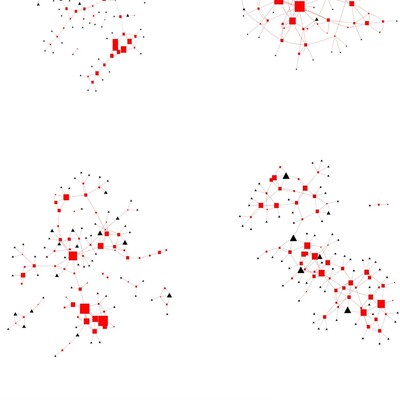
ILRI News
Farmer-to-farmer approach offers solutions to improve the efficiency of agricultural extension services in Kenya
ILRI News
Four-year initiative launched to improve milk quality, safety and marketing in central and western Kenya
Related Publications
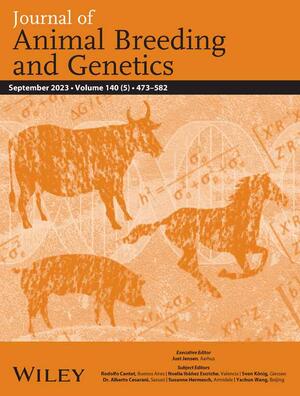
Genetic relationships among resilience, fertility and milk production traits in crossbred dairy cows performing in sub-Saharan Africa
- Oloo, Richard Dooso
- Mrode, Raphael A.
- Ekine-Dzivenu, Chinyere C.
- Ojango, Julie M.K.
- Bennewitz, J.
- Gebreyohanes, Gebregziabher
- Okeyo Mwai, Ally
- Chagunda, M.G.G.

Estimation of genome-wide patterns of homozygosity, heterozygosity and inbreeding in crossbred dairy cattle population in Pakistan
- Un Nisa, F.
- Usman, M.
- Ali, A.
- Ali, M.B.
- Kaul, H.
- Asif, M.
- Mrode, Raphael A.
- Mukhtar, Z.

From protection to pollution: Evaluating environmental and human health risks of acaricide use in dairy farming in Kenya
- Maina, Kevin W.
- Parlasca, M.C.
- Rao, E.J.O.
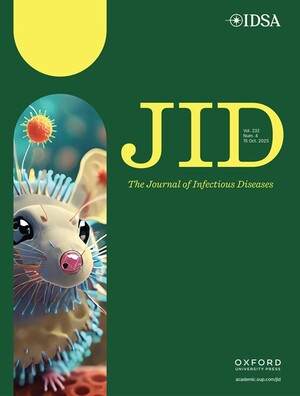
Rift Valley fever virus remains infectious in milk stored in a wide range of temperatures
- Dawes, B.E.
- De La Mota-Peynado, A.
- Rezende, I.M.
- Buyukcangaz, E.K.
- Harvey, A.M.
- Gerken, Keli N.
- Winter, C.A.
- Bayrau, B.
- Mitzel, D.N.
- Waggoner, J.J.
- Pinsky, B.A.
- Wilson, W.C.
- LaBeaud, A.D.
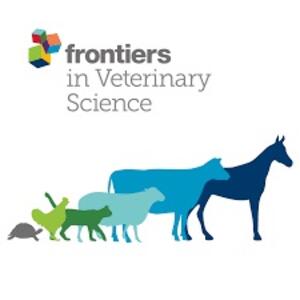
Species diversity and risk factors of gastrointestinal nematodes in smallholder dairy calves in Kenya
- Cheptoo, Sylvia
- Yalcindag, E.
- Gordon, L.G.
- Rukwaro, Benson
- Kimatu, Joseph S.
- Wasonga, Joseph
- Karani, Benedict E.
- Ndambuki, Gideon
- Migeni, Susan
- Kagai, Jesse
- Kiprotich, Linus E.
- Saya, Nelson
- Vasoya, D.
- Nangekhe, Gertrude
- Onguso, J.
- Mungai, G.
- Bronsvoort, B.M.
- Cook, Elizabeth A.J.



